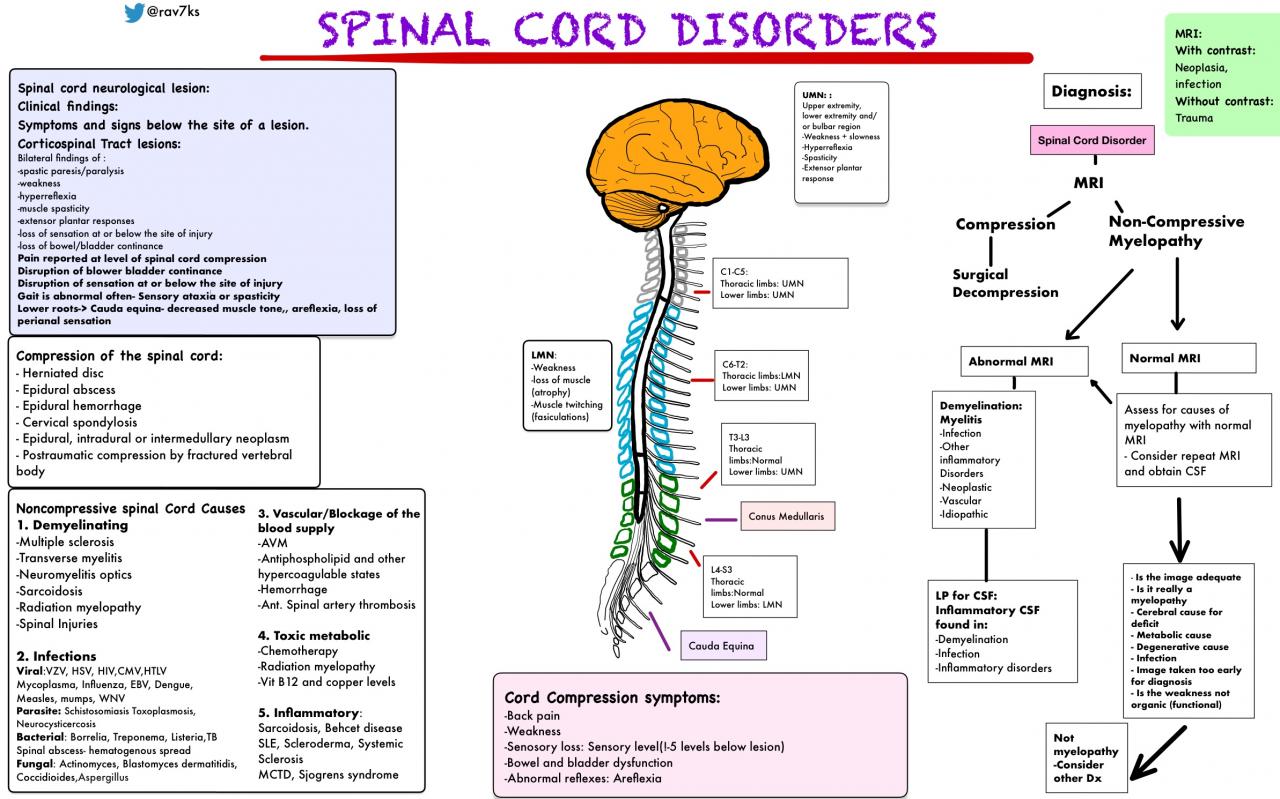Degenerative spine conditions involve the gradual deterioration of the spine’s normal structure and function, often due to aging. These conditions can also arise from tumors, infections, or arthritis. Inflammatory disorders, although rare, can significantly impact the spine, leading to pain and disability. These disorders might be due to arthritis, osteoporosis, or infection.

The Department of Neurology at Mayo Clinic, a leader in spine care, utilizes evidence-based practices for managing various spine disorders. They offer advanced radiologic techniques and employ the latest technologies, including neuroimaging, electrophysiology, and intraoperative monitoring.
Spinal cord injuries, resulting from damage to the spinal cord’s nerves, often occur due to injuries to the bones protecting the spinal cord. These injuries can lead to paralysis and require advanced treatment methods. For example, Northwestern University researchers have developed a new injectable therapy using “dancing molecules” to reverse paralysis and repair tissue after severe spinal cord injuries.
Degenerative disc disease, a common degenerative spine condition, can cause pain, weakness, or numbness. Symptoms vary depending on the location and type of disc degeneration but primarily include sharp and/or chronic pain in the back and neck.
The Spine Hospital at the Neurological Institute of New York is recognized globally for its expertise in treating degenerative spine conditions. They provide comprehensive care, including evaluation, diagnosis, and treatment of these complex conditions.
Overall, understanding and timely treatment of degenerative spine conditions are crucial for managing pain and preventing further disability.


